Good afternoon! How are you doing today? Have you been following everything my sister Beyoncé is doing? Well, I actually had a craving for some spaghetti and meatballs, came across this Beyoncé post and decided to make the best spaghetti I’ve ever had from the Kitchenista’s (Angela Davis’) recipe.
 The meatballs are made with beef, pork and veal and the tomato sauce is homemade with fresh basil and italian seasoning. My Aunt Martha taught me to put a little brown sugar in tomato sauce to take away some of the tanginess. I made this recipe this past weekend and have been enjoying ever since. When was the last time you made spaghetti and meatballs?
The meatballs are made with beef, pork and veal and the tomato sauce is homemade with fresh basil and italian seasoning. My Aunt Martha taught me to put a little brown sugar in tomato sauce to take away some of the tanginess. I made this recipe this past weekend and have been enjoying ever since. When was the last time you made spaghetti and meatballs?
- If you buy your ground meat from the counter, it’s easier to ask for the exact amount you need. Otherwise, you’re typically stuck with buying 1 pound or more at a time, pre-packaged. (When I’m in that predicament I just freeze my extra ground meat, or make more meatballs.)
- If you can’t find veal, use additional beef or pork. But they’re so much better with veal!
- If you don’t eat pork at all, try ground lamb or ground turkey. Please get ground turkey thigh, and don’t try to make meatballs with super lean white meat. You can find it at Whole Foods. Turkey meatballs are not as succulent as the pork version, to me, but I do make them often for clients who enjoy them.
- Gluten-free bread crumbs behave completely differently when soaked with milk or stock, as this recipe calls for. The last time I attempted was disastrous and I wasn’t able to completely break up the clumps of breadcrumbs that formed. I’ve used ground oats in a pinch, which was moderately successful. I welcome your gluten-free modifications in the comments if you try my recipe out! (For a good gluten-free pasta, my clients like the Jovial brand.)
- San Marzano tomatoes are usually worth the extra couple dollars to me in sauces, but lately I’ve been trying domestic tomatoes. I liked San Merican’s tomato puree, despite their questionable marketing which tricked me into thinking I was buying San Marzanos.
- I do use a tomato puree here, because I liked the consistency of the finished sauce. If you want a chunkier sauce, by all means, start with whole tomatoes and just crush them in the pot.
- Use real parm, not the green can. A small wedge of Parmigiano Reggiano will set you back around $8, but lasts through several recipes. You can also save the rinds and simmer them in stocks, soups, and pasta sauces for more flavor.
- Practice smart food safety. Make sure to wash your hands immediately after any steps involving raw meat, and be extra vigilant cleaning up afterward.
Ingredients for the spaghetti sauce:
Extra virgin olive oil, as needed
1 large onion, finely diced
Kosher salt, to taste
2 tbsp grated garlic (about 10 cloves)
1/2 tsp crushed red pepper
2 tbsp tomato paste
2 28-oz cans of tomato puree
2 tsp Italian herb seasoning
2 bay leaves
Several sprigs of fresh basil, divided
1/2 cup grated Parmigiano Reggiano
1 to 2 tsp sugar (optional)
Ingredients for the meatballs:
1 cup panko bread crumbs
1/2 cup buttermilk, milk, or stock
2 eggs
6 cloves garlic, grated
1 small onion, shredded on a box grater
1/4 cup minced Italian parsley
2 tsp Italian herb seasoning
2 tsp Kosher salt
1 tsp cracked black pepper
1 tsp crushed fennel seeds
2 tbsp tomato paste
1/2 cup gratedParmigiano Reggiano
3/4 lb ground beef (80/20 or 85/15)
3/4 lb ground pork
1/2 lb ground veal
Other ingredients:
1 lb dried spaghetti
Active Time: 1 hour
Total Time: 1 hour, 30 minutes
Yield:Makes about 3 dozen meatballs. Serves 6 to 8.
Special Equipment: You’ll need a Dutch oven or other heavy bottomed pot, another large pot for boiling pasta, a colander, heavy duty sheet pan, fine grater, and a box grater.
Part One: Spaghetti Sauce
Part Two: Meatballs
Stir all these ingredients together and then incorporate the bread crumbs. You want to mix this up really well so that no clumps of bread remain.
Then add your meat.
 The next step might make some folks squeamish but you’ll survive. Use your hands to mix the meatball mixture. Really get in there and squeeze the meat through your fingers as you incorporate it with the breading. You want the three types of meat to be evenly blended with no pockets of bread crumbs.
The next step might make some folks squeamish but you’ll survive. Use your hands to mix the meatball mixture. Really get in there and squeeze the meat through your fingers as you incorporate it with the breading. You want the three types of meat to be evenly blended with no pockets of bread crumbs.Note: If you’d like, you can pinch some of this meatball mixture off and cook in a pan to test it out before proceeding. I do this if I’m changing my recipe up, to check the seasonings.
 Aim for 1″ meatballs when you roll them out. They should hold their shape — if you find that the mixture is too wet, add additional dry bread crumbs. Keep a small dish filled with water nearby so that you can wet the palms of your hands periodically, to prevent the meat from sticking. Arrange meatballs on a lined sheet pan with just enough space in between so that they don’t touch.
Aim for 1″ meatballs when you roll them out. They should hold their shape — if you find that the mixture is too wet, add additional dry bread crumbs. Keep a small dish filled with water nearby so that you can wet the palms of your hands periodically, to prevent the meat from sticking. Arrange meatballs on a lined sheet pan with just enough space in between so that they don’t touch. Heat your oven to 375F. Cook the meatballs until they are browned, about 25 minutes. You can cut one in half to check that it is cooked through or to be super safe just prick a few with a meat thermometer to confirm that the internal temperature is at least 165F.
Heat your oven to 375F. Cook the meatballs until they are browned, about 25 minutes. You can cut one in half to check that it is cooked through or to be super safe just prick a few with a meat thermometer to confirm that the internal temperature is at least 165F. |
| “The Dutchess” pot by Great Jones is one of my favorite things in the kitchen right now. |
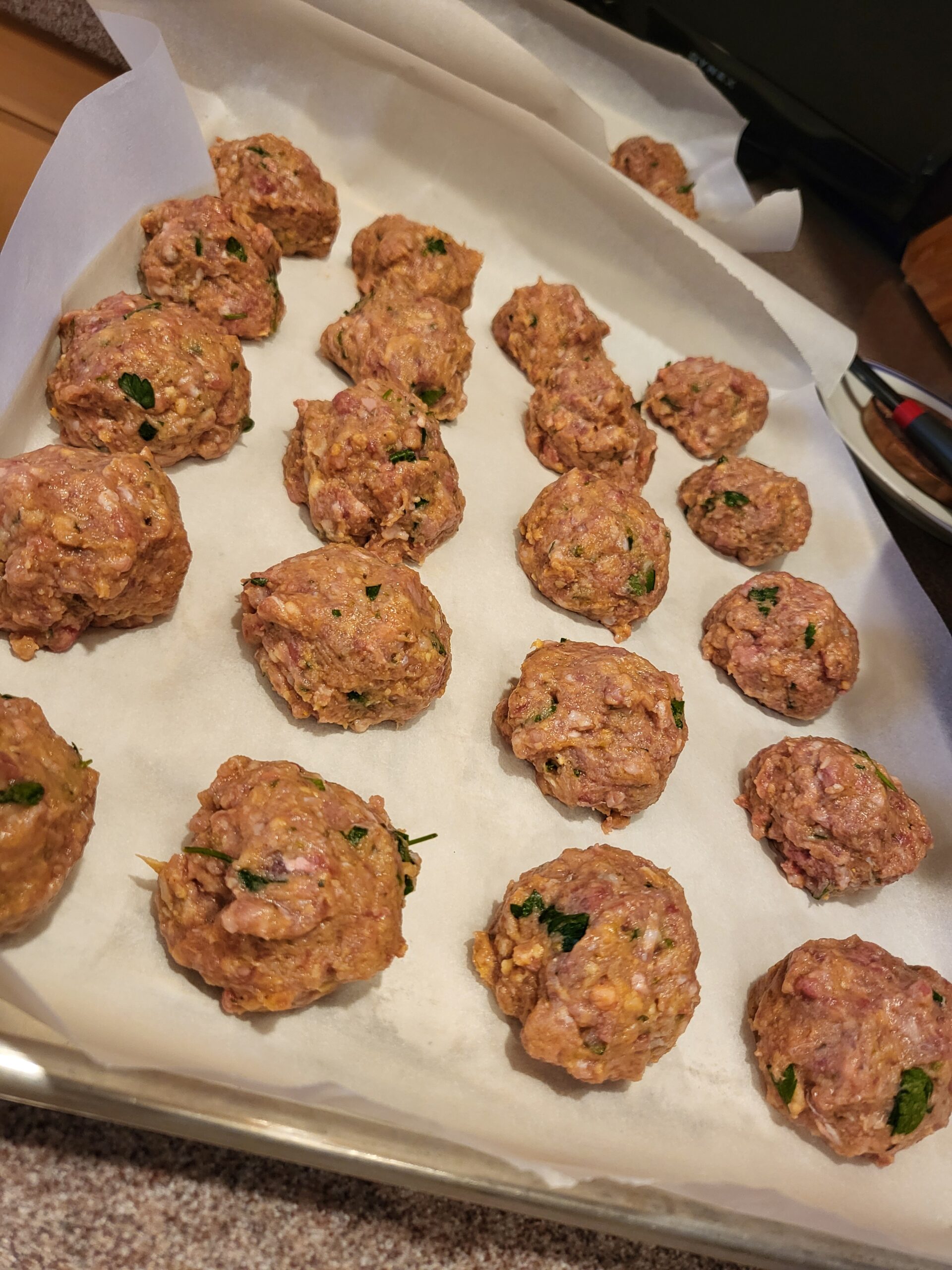
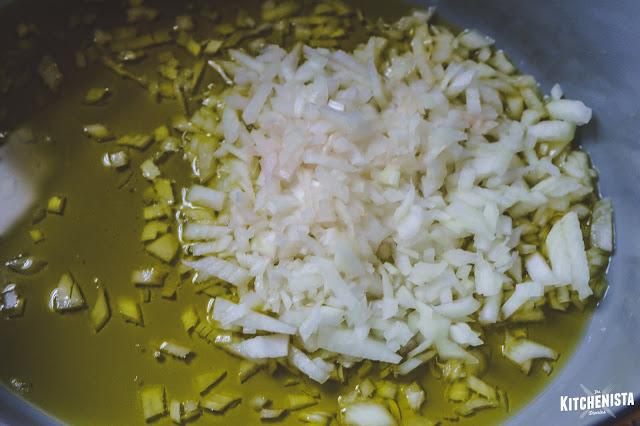
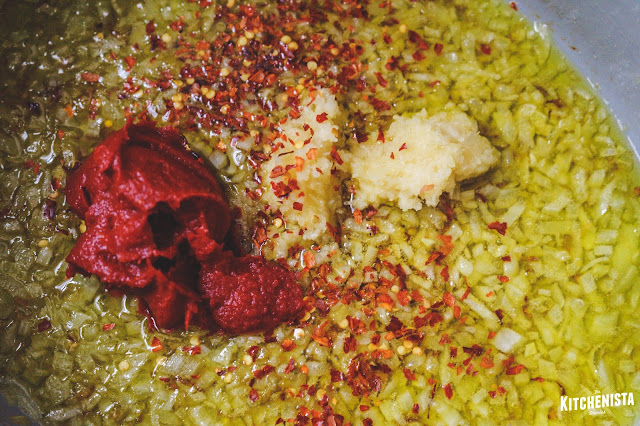
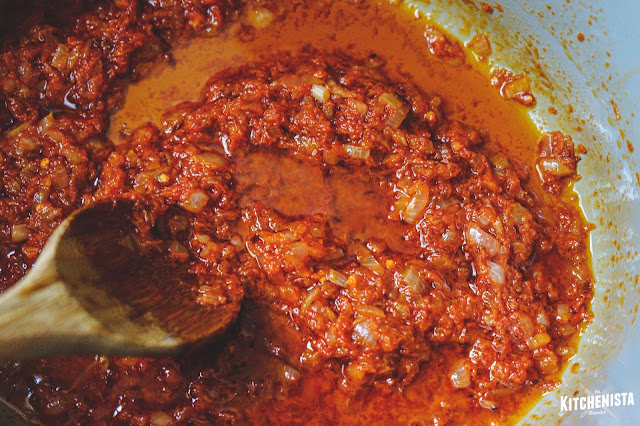

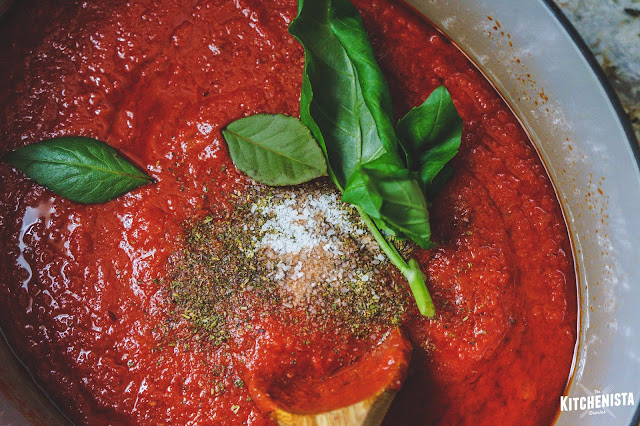

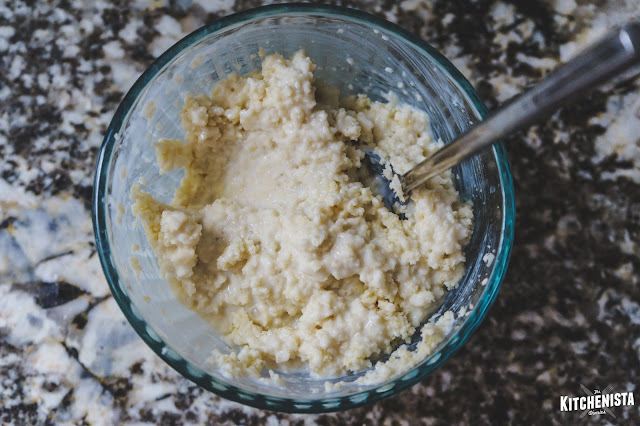
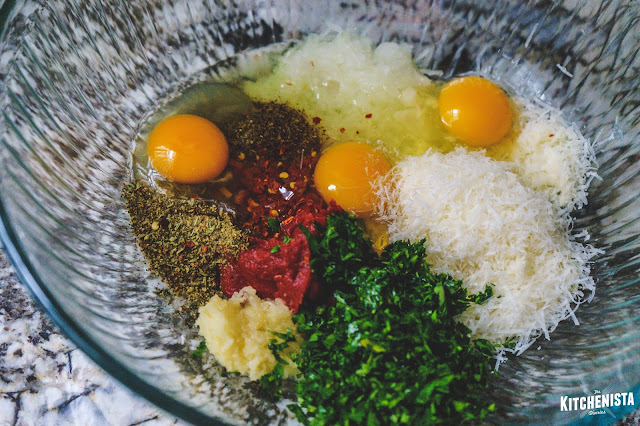
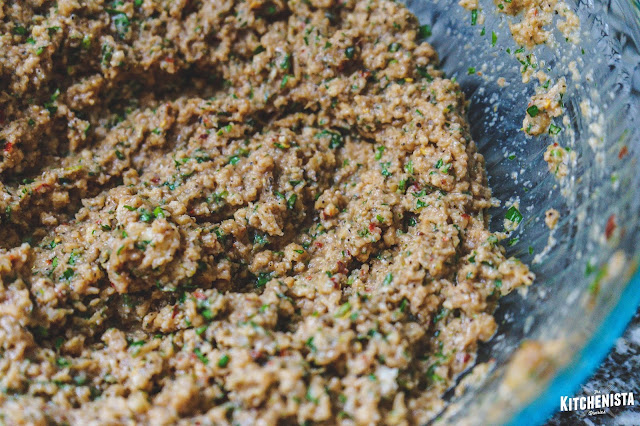



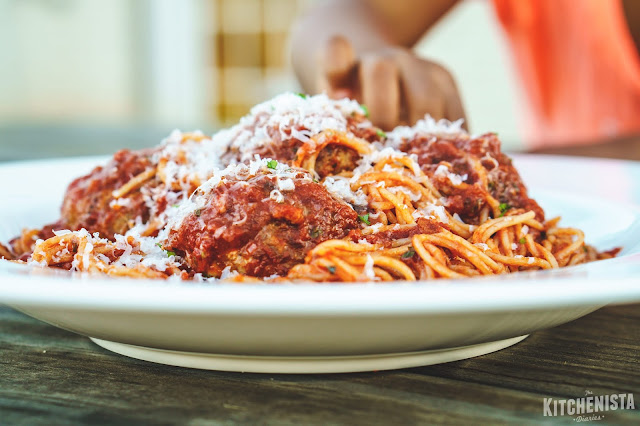

 Directions
Directions